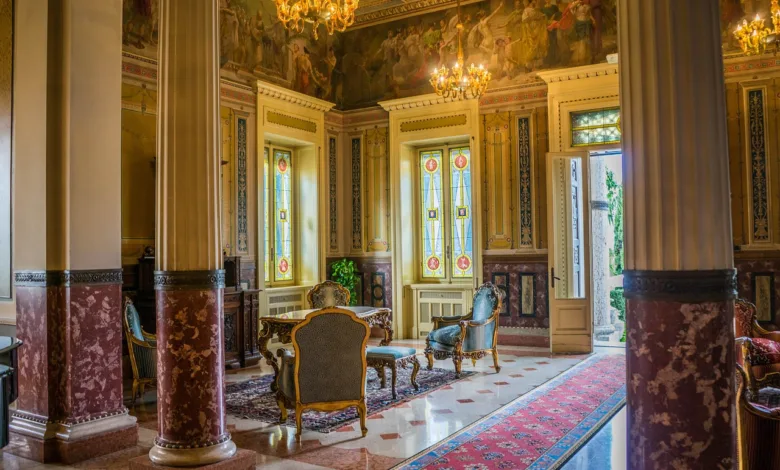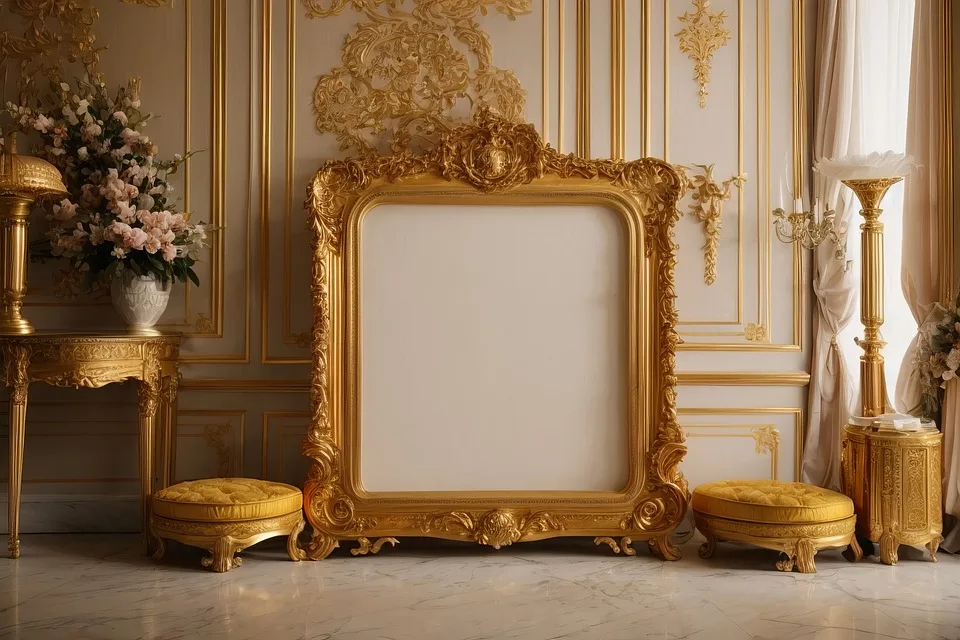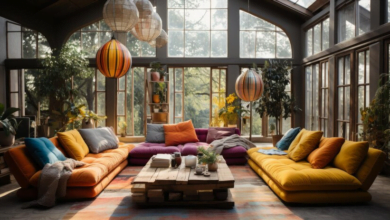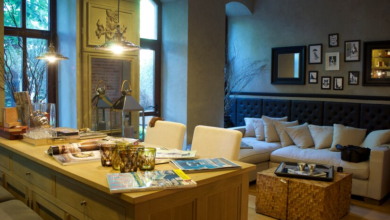Traditional Craftsmanship: Importance of Detail in Design

Imagine a home where every detail is an example of traditional craftsmanship. From the delicate scrollwork on a vintage mirror to the intricate patterns of a Persian rug, every detail serves as a brushstroke on the canvas of your living space. Creating spaces that are steeped in history, full of character, and exuding timelessness all require deep attention to detail.
As an individual immersed in the world of design, I’ve come to appreciate the subtle shades and rich history that traditional design brings to the table.
So, what exactly makes detail so crucial in traditional interior design?
Symbolism and Meaning
Traditional design often includes symbols and motifs that hold cultural importance and meaning. From floral patterns symbolizing rebirth and growth to elaborate architectural elements signifying prosperity and stability, every detail tells a story. By understanding the true meaning behind these elements, you can introduce your space to history and significance that resonates on a deeper level.
Attention to Proportion and Balance
Traditional interior design places a strong emphasis on proportion and balance, ensuring that every element in the space harmonizes with one another. From the size of furniture pieces to the placement of decorative accents, each detail is carefully considered to create a sense of visual equilibrium and cohesion. Achieving proportion and balance helps create both symmetrical and inviting spaces, where every element feels perfectly in tune with the overall design scheme.
Related: Traditional Design Trends
Preserving Heritage
Traditional design finds inspiration in past epochs, celebrating the traditional craftsmanship and artistry of the early years. By incorporating intricate details such as crown moldings, ornate carvings, woodwork, and antique furnishings, you not only infuse your space with a sense of history but also preserve and recreate the cultural heritage passed down through generations.
Creating Atmosphere
It’s all in the details when it comes to setting the mood in your home. From the gentle curves of a typical Queen Anne chair to the intricate patterns of damask wallpaper, every element works in harmony to create an atmosphere of warmth, comfort, and sophistication. Pay attention to lighting fixtures, textiles, and accessories to add layers of depth and personality to your space.
Also Read: Modernize Traditional Interiors
Traditional Craftsmanship and Quality
In a world where mass-produced furniture dominates the market, traditional design is an ideal example of craftsmanship and quality. Here you will find handcrafted pieces with attention to detail, whether it’s a Victorian-style side table or a hand-knotted Turkish rug.
Emotional Connection
This design style has a unique ability to evoke emotions and stir nostalgia, transporting us to an era filled with memories and experiences. By integrating complex details reminiscent of the past, such as high-end fabric, traditional furniture, and antique accessories, you can create an emotional connection with your space that goes beyond aesthetics. These details serve as touchstones to our personal histories, creating a sense of comfort, belonging, and nostalgia that makes a house truly feel like home.

Tips to Achieve Traditional Interior Design
Now that we’ve uncovered why detail is paramount in traditional design, let’s explore some practical tips to incorporate this design style into your own space:
1. Start with a Strong Foundation:
Firstly, form the basis for your traditional design by choosing classic architectural elements such as crown molding, wainscoting, and wooden paneling. These features provide a backdrop for layering on intricate details later.
2. Tell a story through your design:
This is my favorite point. I love how traditional design allows you to tell a captivating story within your home. Each carefully chosen detail contributes to the narrative, whether it’s a vintage map hung on the wall, or a collection of antique books displayed on a shelf. These elements invite conversation and enrich a home with pieces of traditional craftsmanship.
3. Fuse Old with New:
Traditional design doesn’t mean you have to live in a museum. Mix antique pieces with modern furnishings to create a combined ‘new traditional look’ that feels fresh yet rooted in tradition. For example, pair a vintage chandelier with a modern grey sofa for a striking contrast.
4. Focus on Textures and Patterns:
Incorporate a variety of textures and patterns to create a warm, interesting space. Mix plush velvet upholstery with rich brocade fabrics, and layer in oriental rugs or floral wallpapers for a dynamic, multi-dimensional look.
5. Don’t shy away from personal expression:
While traditional interiors embrace well-known conventions and styles, it also leaves room for personal expression and individuality. Whether you prefer the luxury of French Rococo or the rustic charm of English Country, traditional design provides a versatile canvas for expressing your unique tastes and personality.
Layering personalized details such as artwork, family photographs, and cherished souvenirs, breathes authenticity and identity into your space. Your space should reflect who you are and what you love.
6. Accessorize Thoughtfully:
Select accessories with care, opting for pieces that tell a story and reflect your style. Display family heirlooms, vintage finds, and a historic collection of items to make your room stand out.
7. Pay Attention to Scale and Proportion:
Lastly, ensure that your furniture and decor are appropriately scaled for the size of your space. Oversized pieces can overpower a room, while undersized items may feel lost. Aim for balance and harmony in your design composition.
Also Read: Traditional Color Palettes
Final Words
In conclusion, the essence of this interior design style lies in the meticulous attention to detail, weaving together threads of heritage, atmosphere, traditional craftsmanship, storytelling, and personal expression. By mastering the art of detail, you transform your home into a living masterpiece—a retreat where every corner tells a story, every element brings emotion, and every detail delights the senses.
So, embrace tradition and detail, so that the elements in your home do all the talking and you sit back and listen.
Reference: Apartment Therapy



